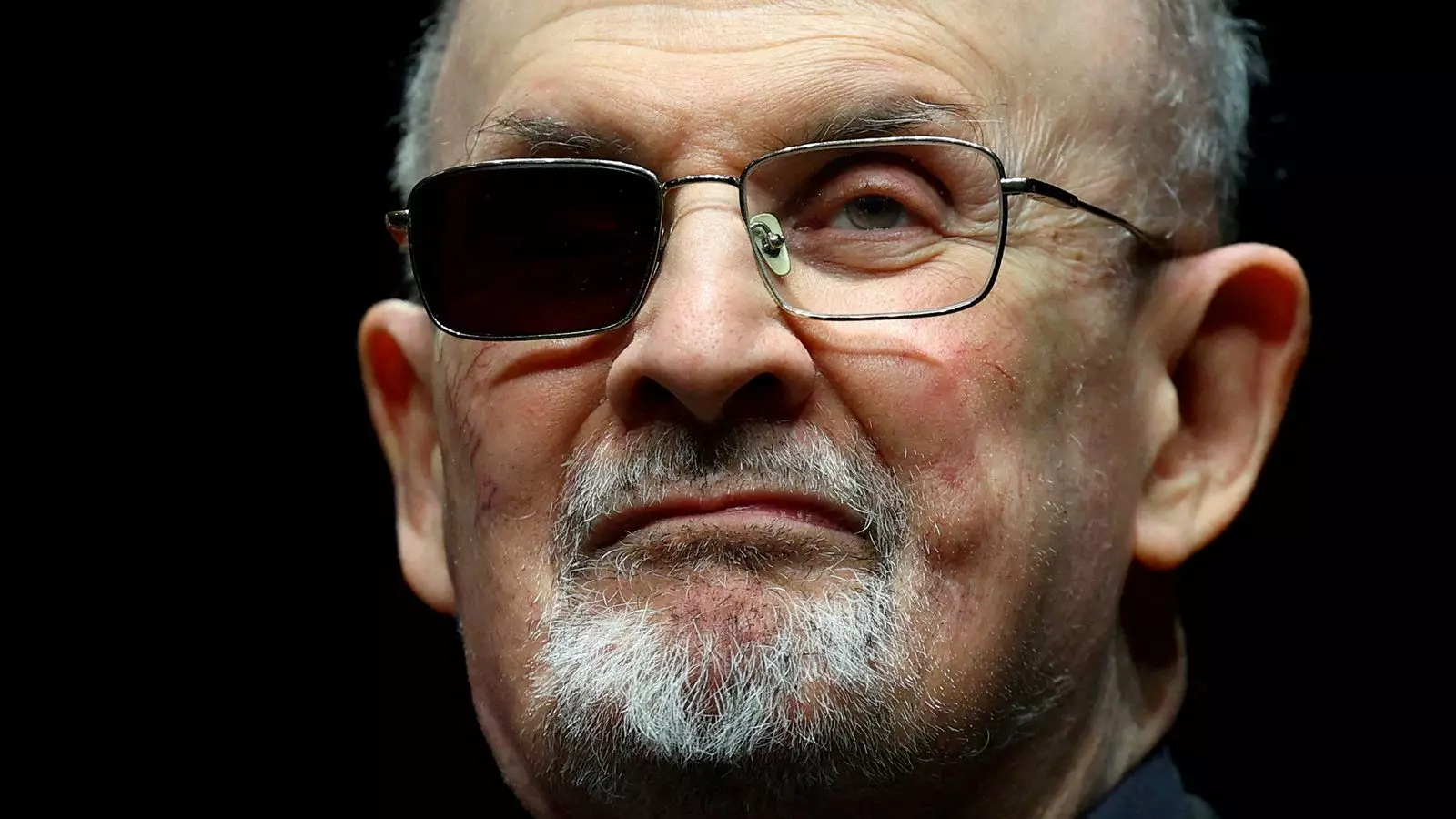In a significant judicial outcome, Hadi Matar, a man aged 27, has been found guilty of attempted murder regarding the high-profile stabbing of acclaimed author Sir Salman Rushdie. The attack, which shook the literary world and drew widespread media attention, took place on August 12, 2022, during a speaking engagement at the Chautauqua Institution in New York. As Rushdie prepared to address an audience, he became the target of a brutal assault that left him with life-altering injuries. The incident was not merely an act of violence; it underscored the perilous reality faced by authors and artists whose work challenges societal norms and provokes outrage.
Matar’s actions reflect a dangerous trend: the willingness of individuals to resort to violence against those who express dissenting opinions or controversial ideas. The jury’s deliberation, lasting less than two hours, led to a conviction that speaks volumes about societal intolerance toward differing viewpoints, particularly in a time when freedom of expression is paramount. Matar was also found guilty of assaulting Henry Reese, who attempted to assist Rushdie during the harrowing event, which only highlighted the tragic ripple effect of solitary violence.
The Gruesome Details of the Assault
The court proceedings laid bare the graphic nature of the attack. Sir Salman Rushdie, known for his provocative narrative style and deep explorations of cultural identity, was stabbed approximately 15 times, suffering injuries to critical areas including his liver and intestines. In his own testimony, Rushdie described an ordeal filled with shock and pain, recounting how he initially perceived the assault as a punch before realizing the gravity of his wounds. His moving account not only demonstrates the physical trauma inflicted upon him but also evokes the emotional turmoil associated with such a near-death experience.
The attack on Rushdie wasn’t just a physical assault; it directly challenged the very essence of intellectual discourse. The profound impact of censorship and oppression of ideas cannot be overstated. As Rushdie bravely stood before his attackers, he embodied the struggle against the silencing of dissent, a conflict that remains central to the human experience throughout history.
District Attorney Jason Schmidt, during the trial, highlighted the “unprovoked” and “targeted” nature of Matar’s actions, asserting that the evidence clearly indicated intent to kill. This assertion was met with some pushback from Matar’s defense team, which argued that the prosecution had failed to definitively prove Matar’s intention. The disparity between the prosecution and defense narratives underscores the complex legal landscape that often accompanies cases of politically or ideologically motivated violence.
As the judge scheduled a sentencing for April 23, Matar faces up to 25 years in prison. However, the implications of this case extend far beyond Matar’s fate. It raises essential questions regarding accountability, the limits of self-expression, and the society’s collective moral framework. Will this conviction serve as a deterrent against future acts of violence aimed at silencing voices through physical aggression? Or will it be merely another tragic chapter in the ongoing struggle between radical ideologies and the freedom to express dissenting beliefs?
Matar’s trial and subsequent conviction are set against a background of rising aggression toward public figures and creators who engage in controversial discourses. This incident is not an isolated case; it reflects a growing global phenomenon where artistic and intellectual expressions are met with hostility. The attack on Rushdie is reminiscent of historical instances where writers, journalists, and artists have faced mortal threats for their ideas.
Moreover, Matar’s alleged connection to Hezbollah, a group designated as a terrorist organization in the United States, further complicates the narrative, suggesting that the motivations behind the attack were not only personal but also ideological. The intersection of art, politics, and violence raises pressing questions about the responsibilities of governmental and societal institutions in safeguarding those who dare to challenge the norm.
In a world where ideas can provoke deadly responses, it is imperative that society collectively affirms the sanctity of creative freedom and intellectual discourse. The conviction of Hadi Matar serves as a reminder of the challenges faced by those who provoke thought and inspire discussion. As we reflect on this event, the need for robust protections for freedom of speech and artistic expression becomes paramount, ensuring that such egregious acts of violence do not stifle the voices that challenge us to think critically about our world.


Leave a Reply